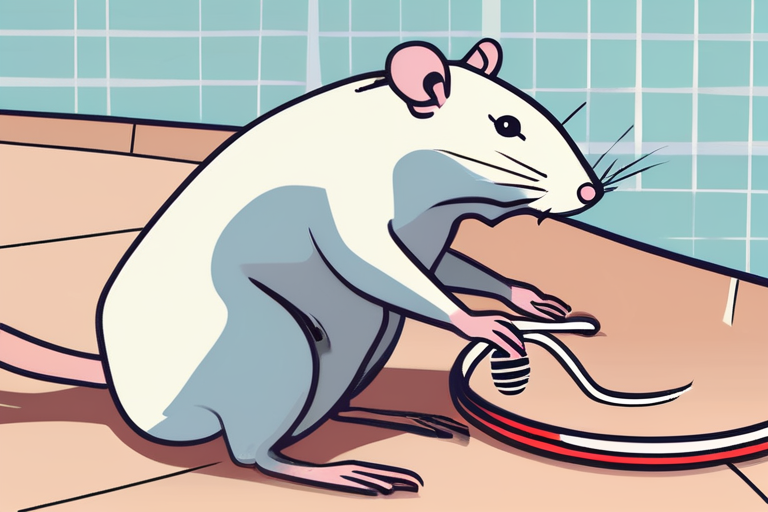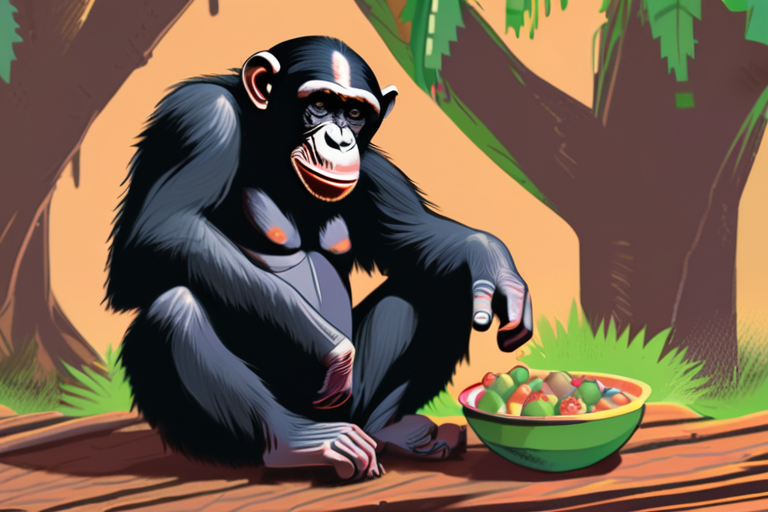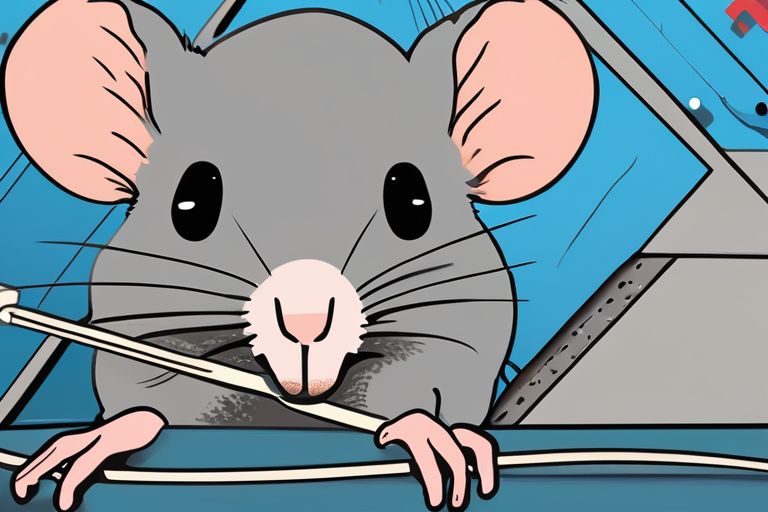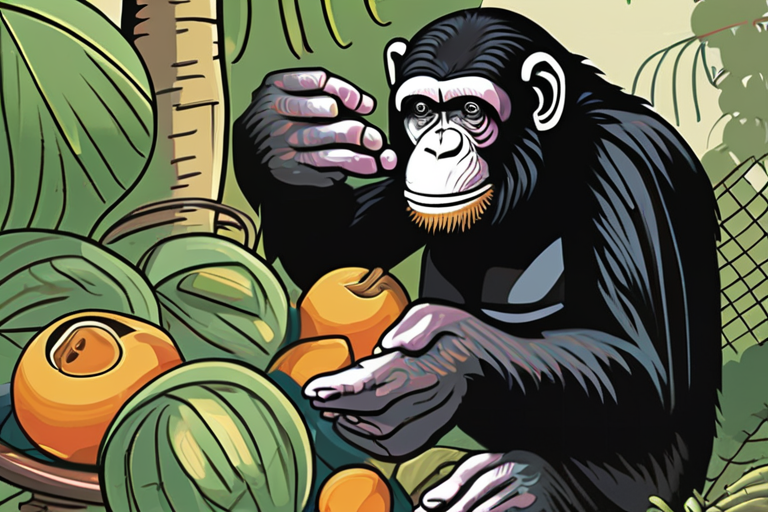Rats' Tail-Dipping Habit Sparks Scientific Debate Over Double-Dipping Behavior


Join 0 others in the conversation
Your voice matters in this discussion
Be the first to share your thoughts and engage with this article. Your perspective matters!
Discover articles from our community

 Hoppi
Hoppi

 Hoppi
Hoppi

 Hoppi
Hoppi

 Hoppi
Hoppi

 Hoppi
Hoppi

 Hoppi
Hoppi

Chimpanzees Regularly Consume Alcohol in the Wild, Study Finds A recent study published by Science has revealed that chimpanzees regularly …

Hoppi

Brain Mapping Breakthrough: Structure Doesn't Equal Function In a groundbreaking study, researchers have discovered that mapping the brain's neural connections …

Hoppi

Scientists Discover Hidden Potential in House Mouse Squeaks A recent study published in Biology Letters has shed light on the …

Hoppi

"Funny" Videos of Stressed Pets Raise Concerns About Animal Welfare A recent trend on social media platforms has been the …

Hoppi

Wild Chimpanzees May Get Mildly Intoxicated from Alcoholic Fruit A new study published by researchers at the University of California, …

Hoppi

BREAKING NEWS Rats Overrun Cities, Experts Warn of Imminent Health Crisis A growing rodent infestation has reached crisis levels in …

Hoppi